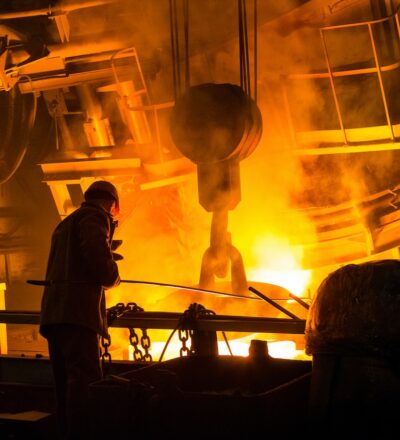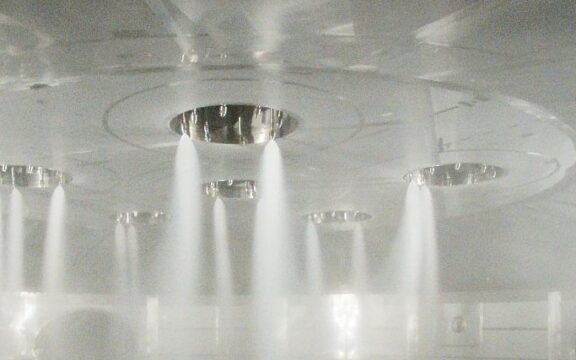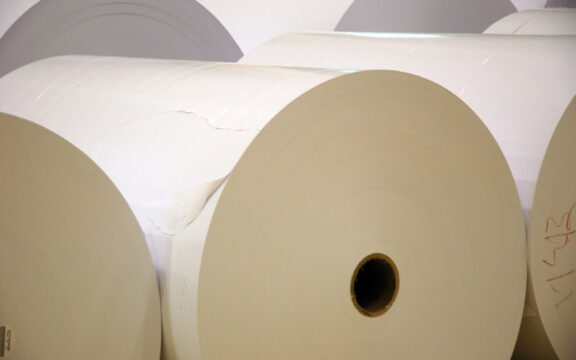Heat is essential in various industries, serving critical functions such as providing elevated process temperatures, facilitating drying processes, and supplying industrial hot water. A significant number of companies, especially in the agro-food, paper, chemical, horticultural, and food sectors, rely heavily on energy primarily for their heat requirements.Currently, the majority of industrial heat demand is met through fossil fuels, biomass, and electricity, with renewable resources contributing only a small fraction.
The industry urgently requires sustainable heat solutions to reduce dependence on non-renewable energy sources and promote environmental sustainability. As part of the transition towards a sustainable, CO2-free economy, it is essential for industries to develop and implement sustainable heat supply systems. The Dutch Climate Agreement sets ambitious goals, aiming for a fully carbon-neutral heat supply by 2050, alongside substantial energy savings and a significant reduction in CO2 emissions by 2030.
Sustainable heat in the Dutch industry
Sustainable heat in the industry is identified as one of the most relevant subjects in the national climate agenda. The ambition and foreseen national research activities are described in MMIP 7 CO2 neutral heat. At the moment, the Dutch industry needs more than 500 petajoules of heat annually, for separation processes, reactions or heating of raw materials. Research states that 80% of the energy consumed in industry is used for heat generation. In many cases, this process can be made significantly more efficient and sustainable. Renewable electricity will be the driving force for the future of industry. Therefore, efficient and flexible electrification of the industrial heat supply is crucial for the industry’s transition to sustainability.
Our vision: Circular heat
We envision a future where sustainable heat and heat-integration technologies drive the transition to 100% CO2-free industrial heating, aligning with the ambitious targets set out in the Climate Agreement. Heat is currently the largest energy consumer for many companies across various sectors, including agro-food, paper, chemical, horticultural, and food. Achieving the targets for 2030 and 2050 requires the exchange and collective development of knowledge and experiences.
We support the industry in achieving their targets. We accelerate the development and application of sustainable heat and heat-integration technologies. We work on improving efficiencies of existing technologies, designing heat integration strategies, utilizing deep and ultra-deep geothermal energy, and using climate-neutral fuels.
Our Heat Integration program
Given the complexity of integrating heat innovations and the rapidly growing yet fragmented knowledge in this field, ISPT has launched a national Heat Integration Platform. This platform facilitates the exchange of experiences and the organization of available knowledge, technologies, and tools.
The Heat program offers companies the opportunity to collaborate, share expertise, ambition, and experience, and explore synergies to develop innovative sustainable heating technologies. Together, we can accelerate the journey towards a carbon-neutral future. In line with the Mission-driven Multi-Year Innovation Program (MMIP) of the Topsector Energy, the cluster focuses on:
- Heat reuse, upgrading and storage;
- System concepts for heat and cold;
- Maximizing process efficiency;
- Deep and ultra-deep geothermal energy;
- The use of climate-neutral fuels.
To tackle the vast challenge of this transition, the Institute for Sustainable Process Technology has taken the initiative for a nationally supported cross-sectoral Heat Integration Platform, in which innovation and practice are actively linked. Join us on this journey towards a sustainable future for industrial heating, and let’s work together to achieve a fully carbon-neutral heat supply for all temperatures by 2050.
80% of the energy consumed in industry is used for heat generation.
Activities of the Heat Integration Platform
Exchange of Knowledge and Experiences
Companies participate in joint meetings throughout the year, delivering lectures on various topics, from plans to completed projects, bottlenecks, insights, and dilemmas. This helps participants understand success factors, learn from less successful endeavors, identify common knowledge gaps, and explore new business models.
State-of-the-Art Heat Integration Technologies
Overviews of available technologies, their developers, and suppliers are prepared, detailing technical specifications, reliability, and applicability. These documents focus on the Netherlands but also consider international developments. Technologies covered include heat buffering, storage, exchange, transformation, pumps, and more, in cooperation with Findest.
Enabling Smart Choices
The Heat Integration Platform inventories comparisons and considerations for sustainable heat generation and upgrading technologies. Existing tools and scans, such as the heat pump scan and pinch analysis, are reviewed. Case-by-case analyses determine applicability and scope, with feasibility studies conducted as needed. These efforts are coordinated by ISPT in collaboration with platform members, knowledge institutions, consultants, and technology suppliers.
Signaling Financial and Development Needs
The platform explores business models and financing options, advocating for financial policy development. It provides input for the Dutch national innovation agenda by identifying knowledge and technology gaps, leading to specific instrument development. This may result in a step-by-step plan to accelerate heat innovations in the industry.
To fully leverage heat pumps, the PINcHED project studied their integration in convective drying. We assessed existing processes with heat pumps for feasibility, finding that airless drying with improved heat transfer reduces temperature rise.
Insight from the PINcHED project
Drying and dewatering
In specific fields, such as drying and dewatering, we develop alternatives that can do without heat, for instance membrane-based processes. An example of this is the PINcHED project. Both contact drying and convective drying are suitable for heat pump application. The installed process equipment in brown field situations is not designed to be suitable for heat pump applications both in the systems which supply process heat as well as in the heat recovery systems.
Interesting reads
- Flexibility and efficiency must go hand in hand (in Dutch)
- ISPT Publication: PINcHED – Process Integrated Heat Pump Drying
- TNO Webinar: Heat pumps for decarbonising the industry
Or subscribe to our newsletter




